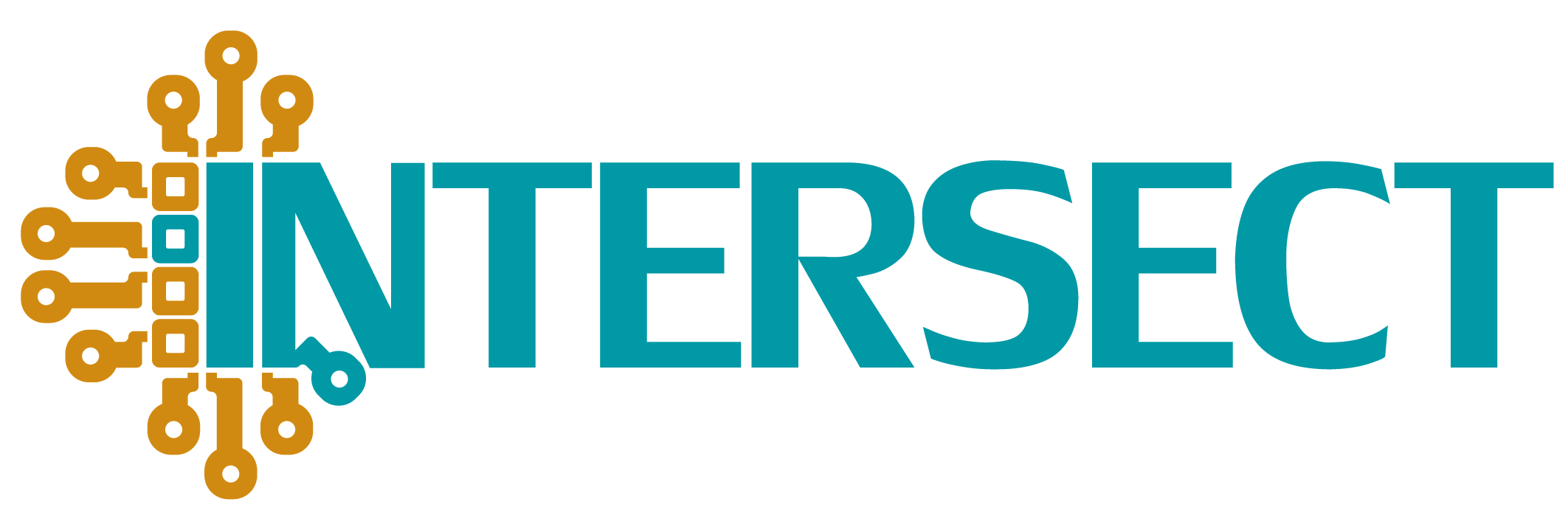
28 May #justpublished “SIESTA: Recent developments and applications”
A new article about “SIESTA: Recent Developments and applications” by A. García, N. Papior, A. Akhtar, E. Artacho, V. Blum, E. Bosoni, P. Brandimarte, M. Brandbyge, J. I. Cerdá, F. Corsetti, R. Cuadrado, V. Dikan, J. Ferrer, J. Gale, P. García-Fernández., V. M. García-Suárez, S. García, G. Huhs,, S. Illera, R. Korytár, P. Koval, I. Lebedeva, Lin Lin, P. López-Tarifa, S. G. Mayo, S. Mohr, our intersecter P. Ordejón, A. Postnikov), Y. Pouillon, M. Pruneda, R. Robles, D. Sánchez-Portal, J. M. Soler, R. Ullah, V. Wen-zhe Yu, and J. Junquera, has been published on the The Journal of Chemical Physics , Volume 152, Issue 20 .
Abstract: A review of the present status, recent enhancements, and applicability of the SIESTA program is presented. Since its debut in the mid-1990s, SIESTA’s flexibility, efficiency, and free distribution have given advanced materials simulation capabilities to many groups worldwide. The core methodological scheme of SIESTA combines finite-support pseudo-atomic orbitals as basis sets, norm-conserving pseudopotentials, and a realspace grid for the representation of charge density and potentials and the computation of their associated matrix elements. Here, we describe the more recent implementations on top of that core scheme, which include full spin–orbit interaction, non-repeated and multiple-contact ballistic electron transport, density functional theory (DFT)+U and hybrid functionals, time-dependent DFT, novel reduced-scaling solvers, density-functional perturbation theory, efficient van der Waals non-local density functionals, and enhanced molecular-dynamics options. In addition, a substantial effort has been made in enhancing interoperability and interfacing with other codes and utilities, such as WANNIER90 and the second-principles modeling it can be used for, an AiiDA plugin for workflow automatization, interface to Lua for steering SIESTA runs, and various post-processing utilities. SIESTA has also been engaged in the Electronic Structure Library effort from its inception, which has allowed the sharing of various low-level libraries, as well as data standards and support for them, particularly the PSeudopotential Markup Language definition and library for transferable pseudopotentials, and the interface to the ELectronic Structure Infrastructure library of solvers. Code sharing is made easier by the new open-source licensing model of the program. This review also presents examples of application of the capabilities of the code, as well as a view of on-going and future developments.
SIESTA is a first-principles materials simulation program based on density-functional theory (DFT), and is is both a method and its computer program implementation, to perform efficient electronic structure calculations and ab initio molecular dynamics simulations of molecules and solids. As you may already know, our Interoperable Material-to-Device simulation platform (IM2D) will integrate Quantum ESPRESSO and SIESTA, some of the most used open-source materials modelling codes, with models and modelling software for emerging devices (GinestraTM) via the SimPhony infrastructure for semantic interoperability and ontologies, powered by the AiiDA workflow engine, and its data-on-demand capabilities and apps interface.
Info & Download: https://doi.org/10.1063/5.0005077



Sorry, the comment form is closed at this time.